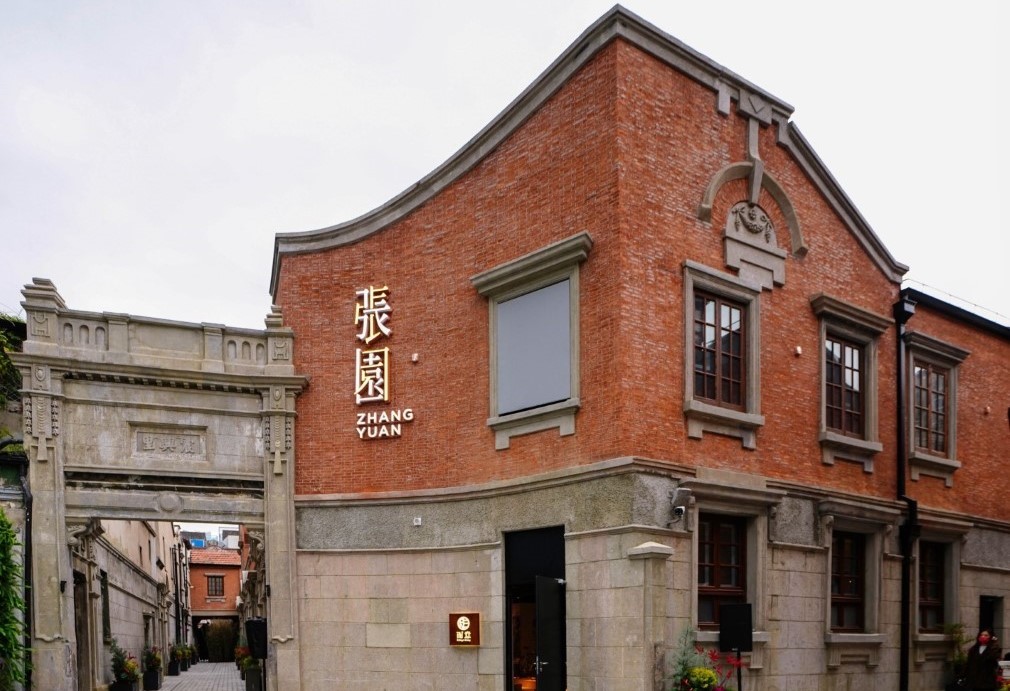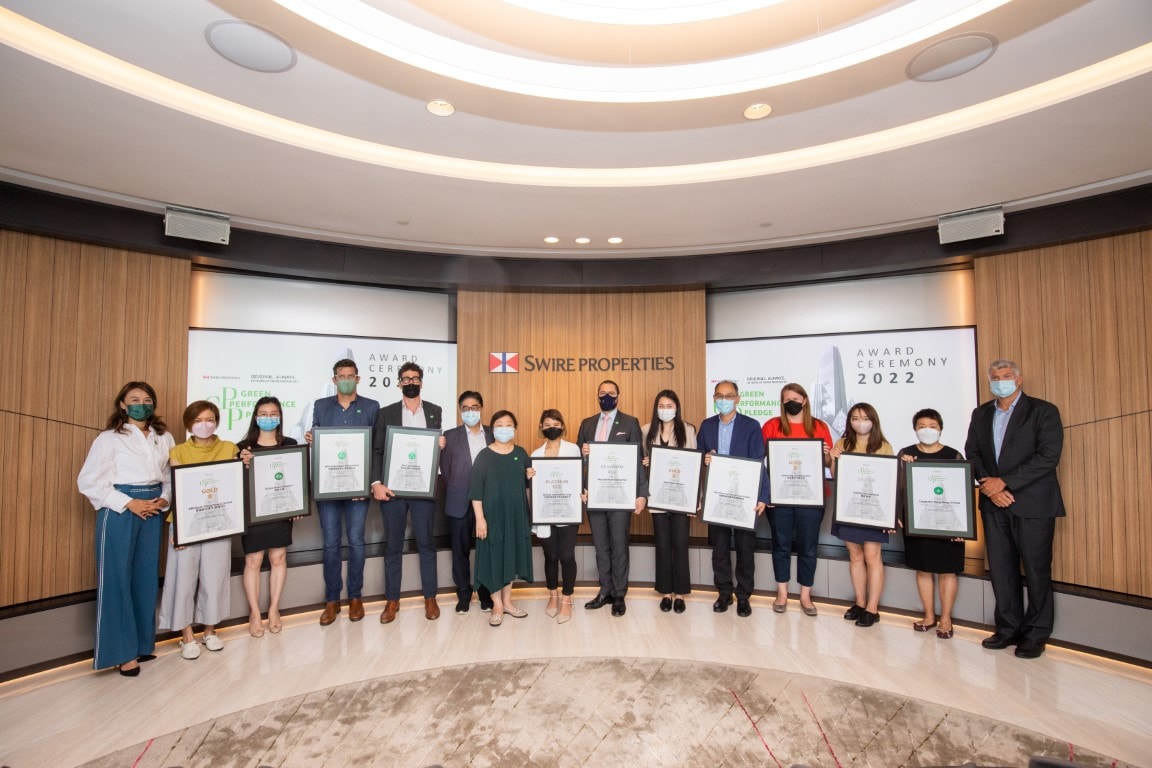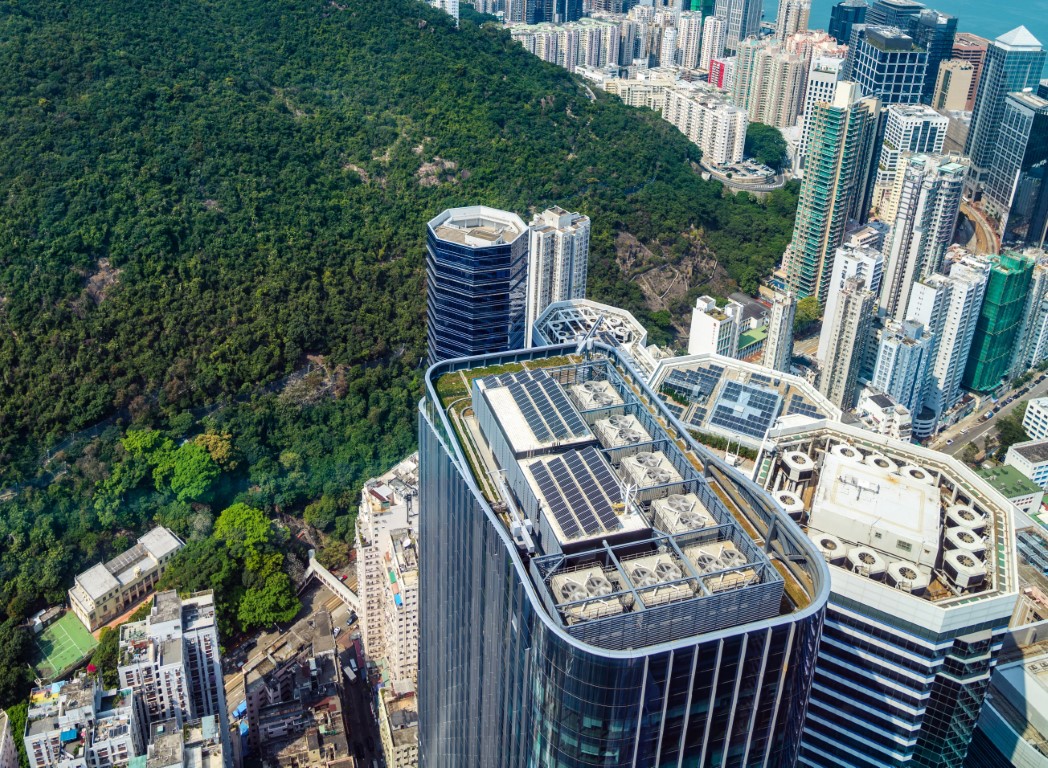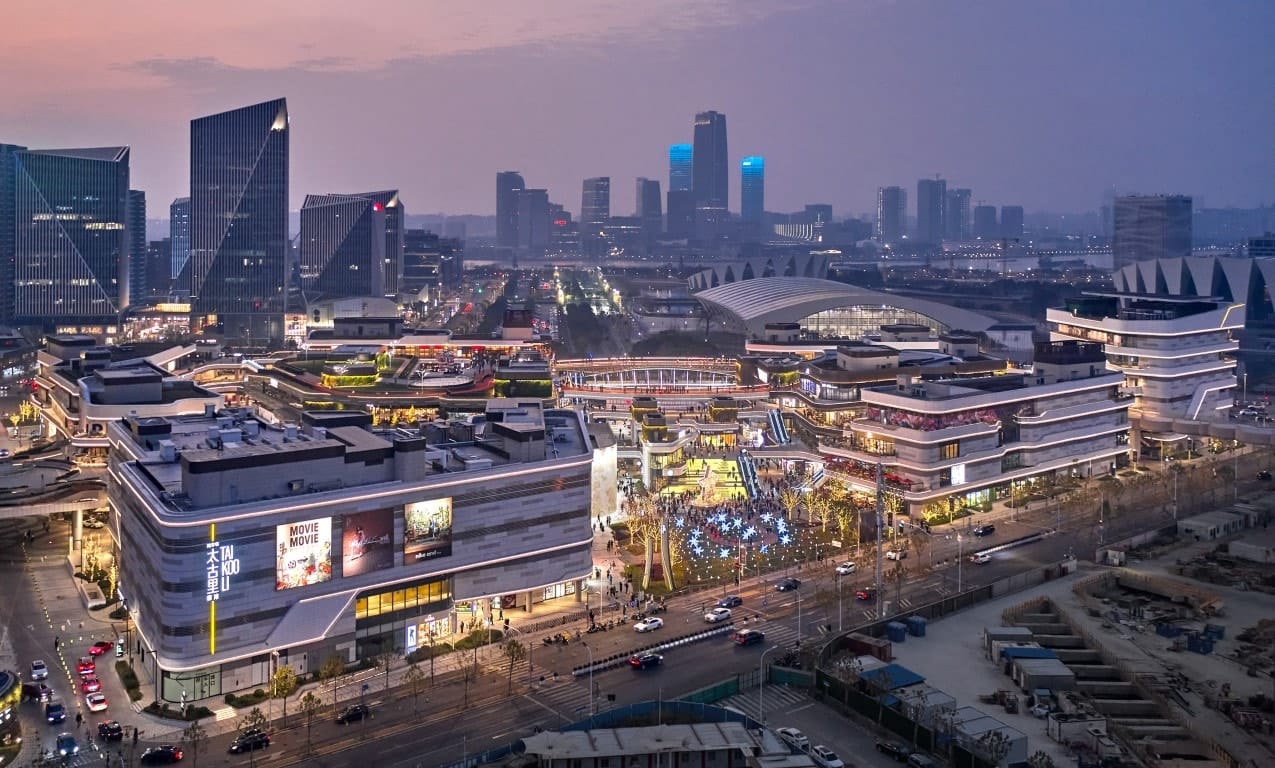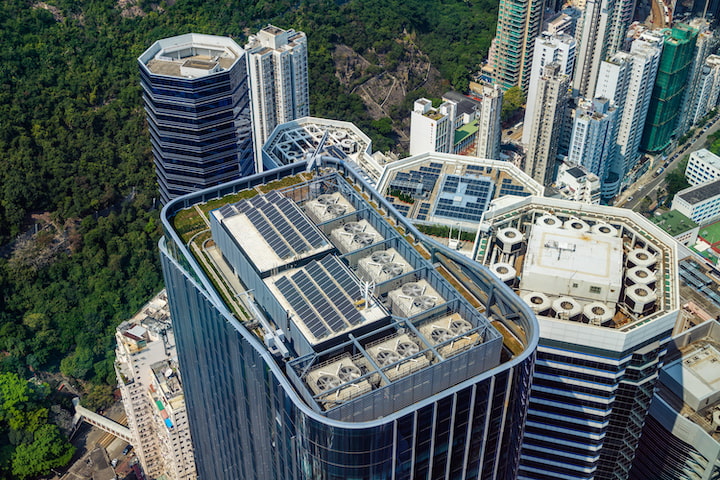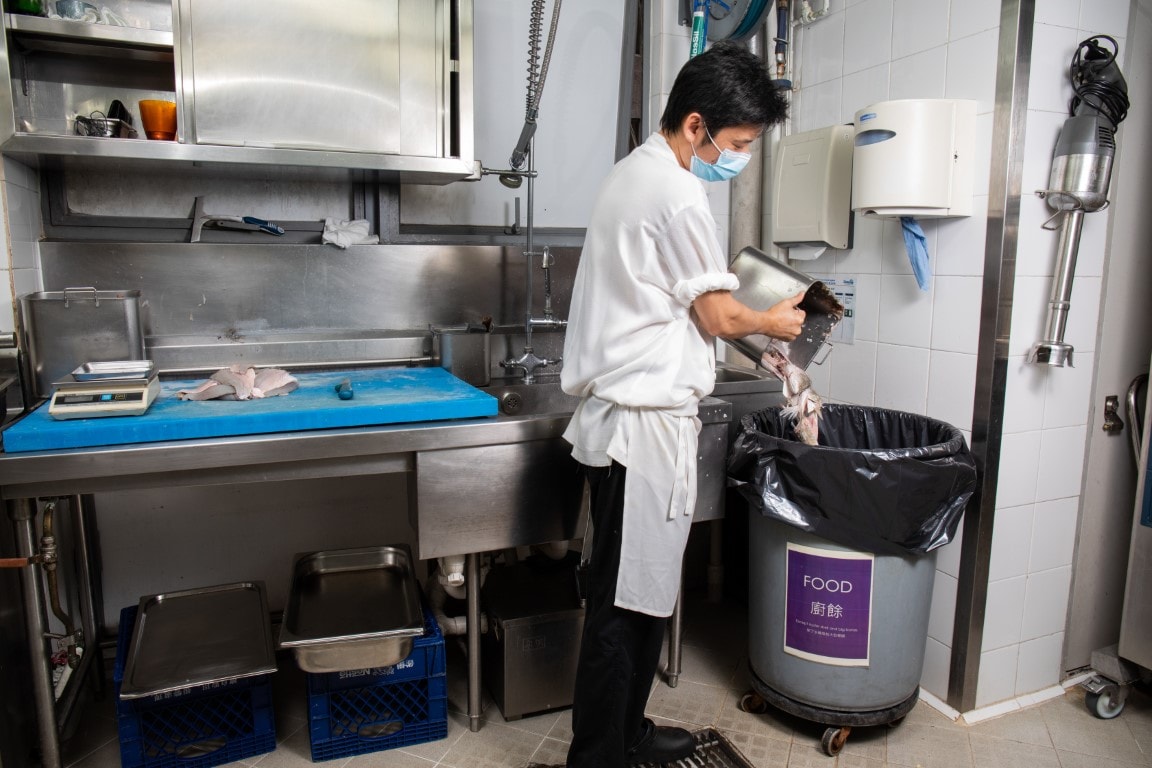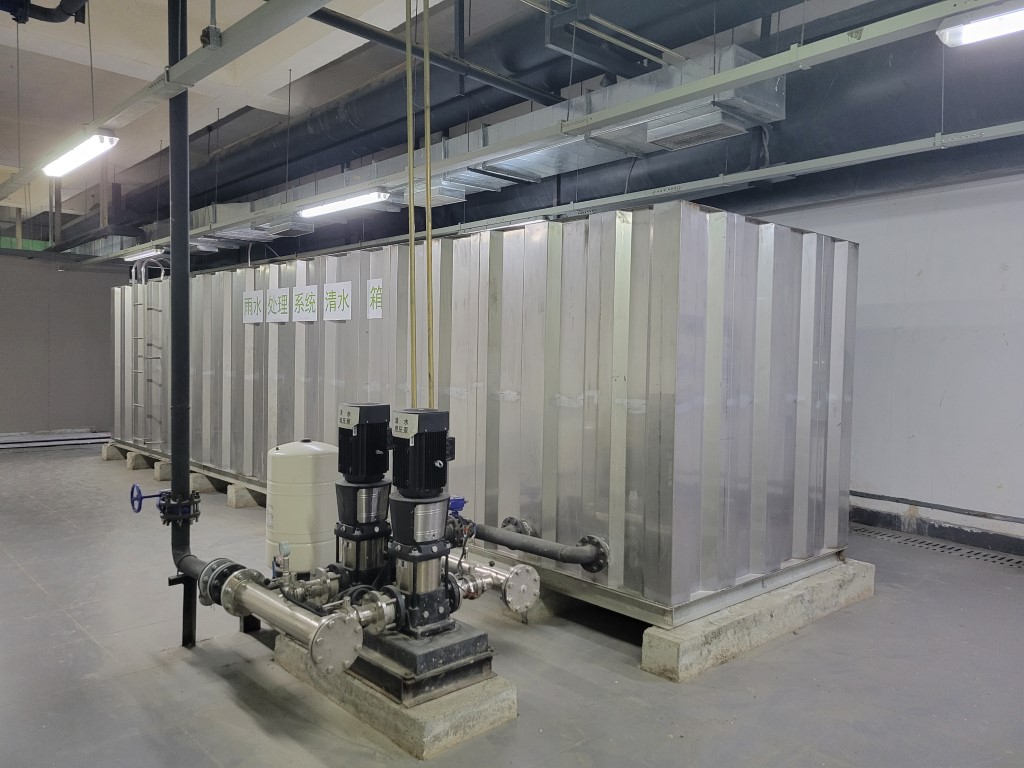Swire Properties was the first real estate developer in Hong Kong and the Chinese Mainland to join the Business Ambition for 1.5°C campaign, led by the Science Based Targets initiative in partnership with the United Nations Global Compact. We have put in place approved 1.5°C-aligned science-based targets to support the delivery of net-zero emissions before 2050.
In 2022, our Scope 1 and Scope 2 emissions accounted for 28% of our total carbon emissions. We developed a carbon management hierarchy to prioritise our actions. Our core focus is on reducing demand for energy and resources in both the landlord and tenant areas, then improving the efficiency of our energy and material consumption before switching to low-carbon energy sources – this prioritisation will help maximise our carbon abatement in the most cost-effective manner.
72% of our 2022 emissions came from Scope 3 activities along our value chain. While working to decarbonise our operations, we recognise that we also have an important role to play in facilitating emissions reductions along our value chain through collaborations with our partners.
See More In



